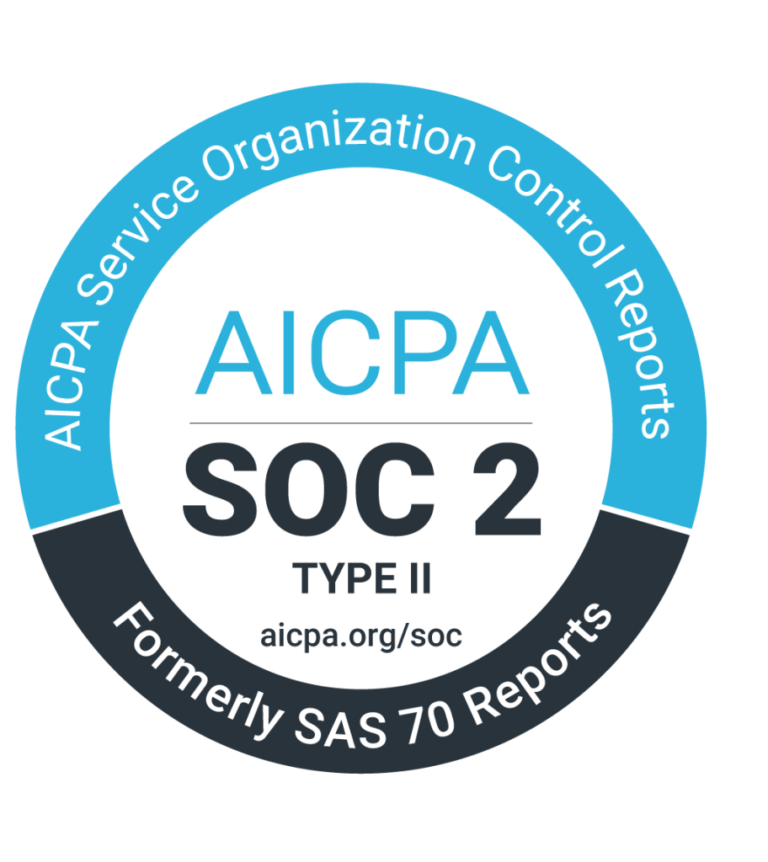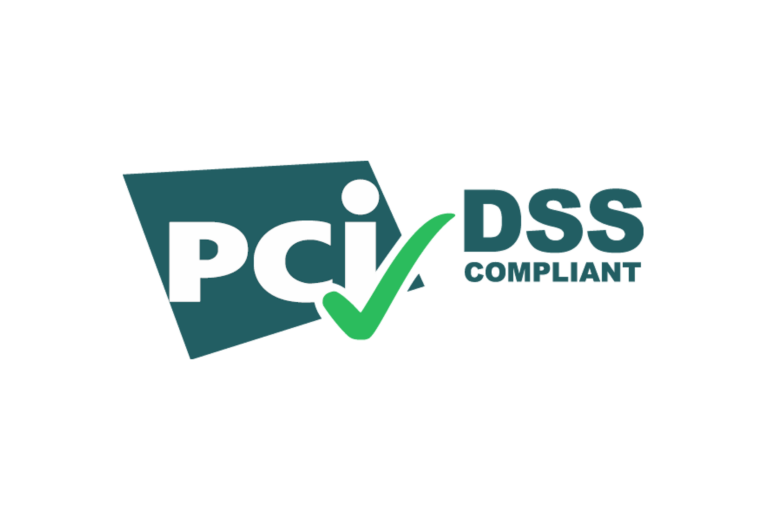Navigating Dental Insurance: Challenges and Solutions
It’s a new year, meaning insurance codes, coverages, fee schedules, and reimbursements are newly updated. Dental insurance can often be a significant source of frustration for both dental offices and patients alike. From denied claims to diminishing coverages and declining reimbursements, the challenges are numerous. Understanding the landscape is crucial to providing patients with a more transparent and reliable dental care experience.
Financial Challenges:
Year after year, dental insurance seems to cover less while the costs for services continue to rise. Dental insurance reimbursement rates are continually declining and often lower than standard dentistry fees.1 Network adjust coverages and reimbursements are inconsistent for procedures. These nuances require constant management, creating inefficiencies and impacting finances, leaving offices less profitable or patients paying more out of pocket.
About one in five dentists report that they bill dental procedures under medical codes to ensure patient treatment coverage.2 Problems derive from insurance companies processing claims incorrectly, causing patient frustration and a financial burden for the office. Dental offices often spend valuable time negotiating services initially pre-approved that end up getting denied due to an error of various reasons. Even when claims are eventually approved, the initial incorrect rejection adversely affects the timeliness of cash flow for dental offices. Reimbursements for services performed can also be delayed merely due to business practices. Negotiations and patient communications become a continuous process for offices to manage, and the delay in receiving funds for services translates to costly inefficiencies.
Dentists want to concentrate on delivering high-quality care, free from the constraints imposed by insurance. Office managers and staff want seamless processes and workflows with as few headaches as possible. The financial impact extends to losses in terms of time, labor, personnel happiness, and money left on the table when not carefully and properly adjudicated. Financial livelihood can depend on the strength of the dental office’s negotiating skills and managing contracts, which is not why dentists practice dentistry or office managers run an organization.
Patient Concerns:
Financial barriers represent a significant obstruction for patients accepting care. High premiums may cover unnecessary services while essential ones remain inadequately covered. The annual maximum amount of work insurance typically covers is between $1,000 and $2,500, resetting every 12 months, adding another layer of complexity. Factors such as premiums, deductibles, coverage limits, and waiting periods create convoluted barriers for patients to navigate. The lack of clarity and transparency regarding dental procedure costs makes it difficult for patients to plan expenses. This ambiguity creates additional strain on dental practices to ensure accurate pricing adjustments, maintain meticulous records, and address concerns with frequent patient communication.
Alternative Financing Solutions:
One potential solution is for patients to opt for an affordable dental plan (not insurance) offered by their dental provider. Depending on the chosen dental plan an office elects, plans will cover many basic preventive services costs central to oral healthcare and outline fixed costs for restorative services. Underscoring the positive impact of these plans on regular care, individuals with dental benefit coverage are more than twice as likely to visit their dentist.3 Dental plans offer immediate benefits, ensuring coverage for an entire year with no deductibles or maximum limits. These provisions eliminate the uncertainty associated with traditional insurance and contribute to a more predictable and cost-effective approach to oral healthcare.
Running a cost comparison and presenting dental plan options is advantageous in several scenarios. Patients without dental insurance, those contemplating canceling or losing coverage soon, cash-paying customers, and individuals paying for private insurance find value-based solutions appealing. Ensuring their dental care needs are matched with affordable options is beneficial for your patients.
Wellfit dental plans offer several advantages for providers. Our dental plans ensure strict compliance and standards, delivering a secure and efficient process. Enhanced operations eliminate time-consuming insurance negotiations, reimbursement claims, and funding delays. Additionally, providers benefit from improved cash flow, a more reliable treatment calendar, and patient loyalty.
For unavoidable dental work and unexpected costs, Wellfit’s Financing MarketPlace confidentially connects patients with multiple lenders to secure competitive terms and rates. Regardless of credit ratings, customers benefit from a digital, patient-led application process, allowing budget-friendly options. This streamlined process results in direct payments to offices, immediate adjudication of accounts within the PMS system, and contained workflows.
The Gleaming Results:
Navigating the complexities of dental insurance requires a careful understanding of the challenges dental offices and patients face. As frustrations persist, exploring alternatives like dental plans or Wellfit’s Financing MarketPlace may offer a more transparent and reliable solution for affordable and predictable dental care.
Dental practices can benefit from a focused customer journey with administrative tasks self-contained within the PMS system. Empowering patients with approval options at their fingertips allows them to make immediate decisions to receive needed care. Dental plans and Financing MarketPlace bridge the gap left by insurance, providing cost-effective options for patients.
1 ADA report August 2023. Health Policy Institute.
2 ADA report September 2023. Health Policy Institute.
3 NADP Dental Benefits Report







